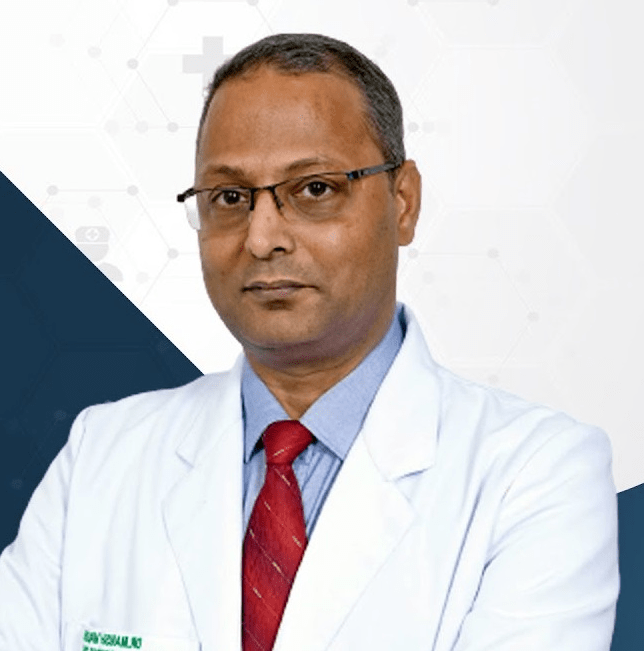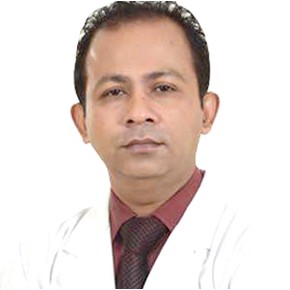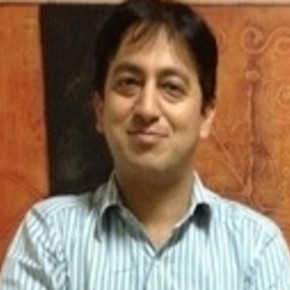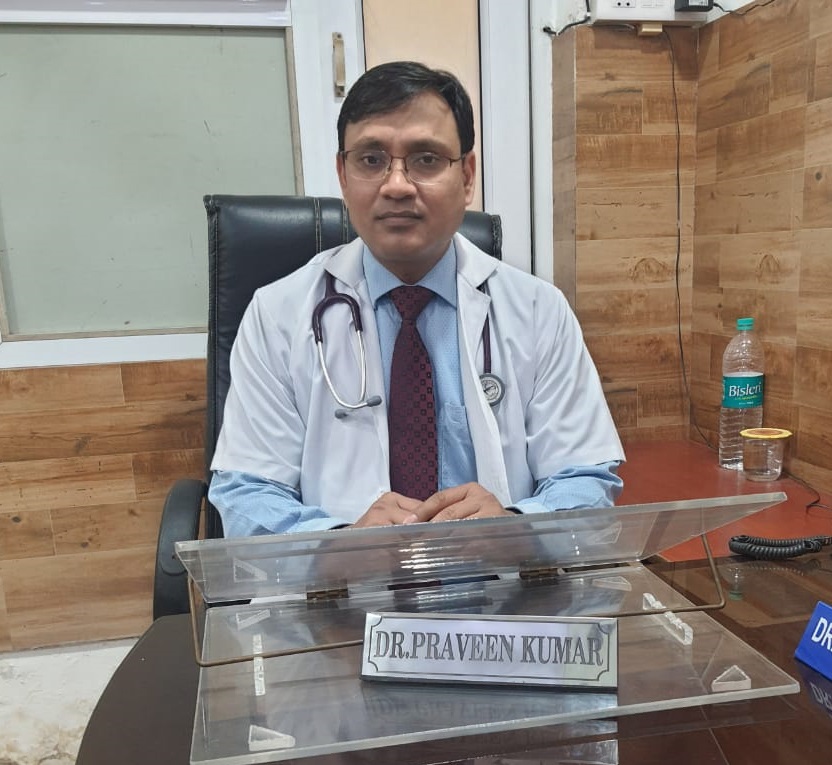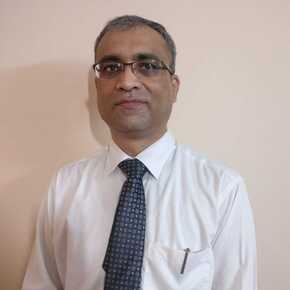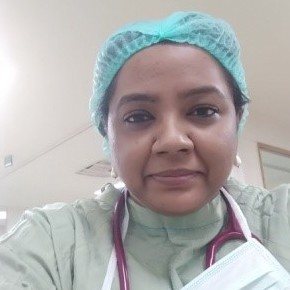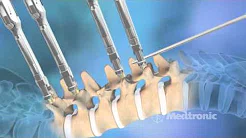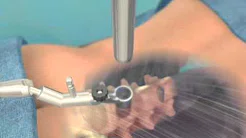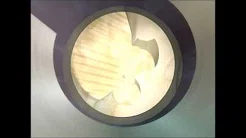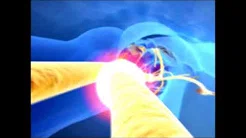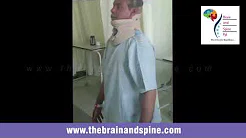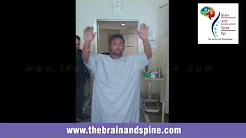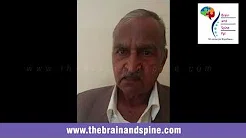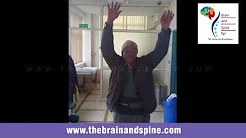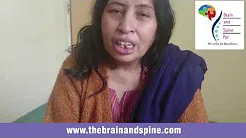Stroke
Intracerebral Hemorrhage(stroke)
A kind of stroke caused due to bleeding inside the brain tissue is called intracerebral hemorrhage. Usually, stroke occurs when the brain is deprived of oxygen due to an interruption of its blood supply. The main causes for intracerebral hemorrhage are hypertension,arteriovenous malformations or head trauma
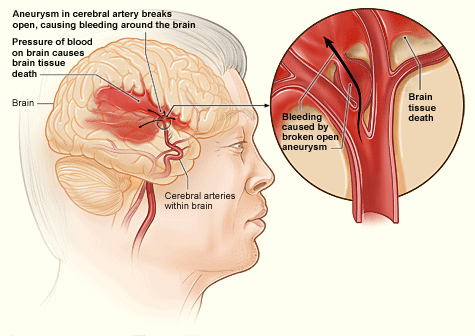
How it occurs?
Due to high blood pressure or hypertension, the walled arteries break and blood spreads into the brain tissue. These blood forms a clot which is known as hematoma. The hematoma grows slowly and causes pressure on the surrounding brain tissue. This pressure makes a person experience tension and lethargic. When the blood spill into the brain, the area that artery supplied will lack oxygen and rich blood. This condition is called stroke. The surface or in deep areas of the brain is the main platform where intracerebral hemorrhage takes place.The symptoms of intracerebral hemorrhage is sudden which requires immediate action. The symptom may alter according to the location of the bleed.
Some of the common symptoms are :
- Nausea
- Vomiting
- Sudden weakness
- Numbness of the face, leg and arm
- Seizures
- Temporary loss of vision
- Confusion or lethargy
- Loss of consciousness etc.
Diagnosis of Intracerebral Hemorrhage
ICH (intracerebral hemorrhage) requires emergency medical care. When an individual starts showing symptoms of ICH, he or she might be taken for diagnosis. Diagnostic options may include:
- Computerised Tomography Angiography
- Angiogram and
- MRI Scan etc.
Subarachnoid Hemorrhage
Bleeding in the area between the brain and the tissue that cover the brain (subarachnoid space) is called subarachnoid hemorrhage. The condition causes the patient to feel a sudden and worst headache. Subarachnoid hemorrhage can be caused by different reasons such as:
- Bleeding from an arteriovenous malformation
- Bleeding from a cerebral aneurysm
- Use of blood thinners
- Head injury and
- Unknown causes
Symptoms of Subarachnoid Hemorrhage
Severe headache is the main symptom of subarachnoid hemorrhage. These kinds of headache is often called as thunderclap headache. The headache may start after a snapping or popping feeling in the head. Other symptoms may include:
- Decreased consciousness and alertness
- Seizure
- Stiff neck
- Vision problems like double vision, blind spots or temporary vision loss
- Nausea and vomiting
- Mood and personality changes
- Muscle aches
- Eye discomfort in bright light
- yelid drooping
- Sudden stiffness of back and neck, with arching of the back and
- Pupil size difference etc.
When the symptoms are checked, the doctor may suggest you to have certain tests such as :
- A head CT
- Cerebral angiography
- ranscranial Doppler ultrasound
- MRI
- MRA and
- CT scan angiography
Treatments
Medications
Unlike with these ischemic stroke, if you are having a hemorrhagic stroke then treatment goals are to make your blood clot. So, you may be given medication to counteract random blood thinners you take.
You may also be prescribed drugs that can:
• reduce blood pressure
• lower the pressure in your brain
• prevent seizures
• prevent blood vessel constriction
Coiling
During these procedure, specific doctor guides a long tube to the area of hemorrhage or weakened blood vessel. They can install a coil-like device in the area where the artery wall is weak. It blocks blood flow to the area, reducing bleeding.
Clamping
During specific tests, the doctor may discover an aneurysm that has not started bleeding yet or has stopped.
To prevent such additional bleeding, a surgeon may place a tiny clamp at the base of the aneurysm. This cuts off blood supply and prevents a possible broken blood vessel and new bleeding.
Surgery
If any doctor sees that an aneurysm has burst, then a surgery may be done to clip the aneurysm and prevent additional bleeding. Likewise, a craniotomy may be needed to relieve the pressure on the brain after a large stroke.
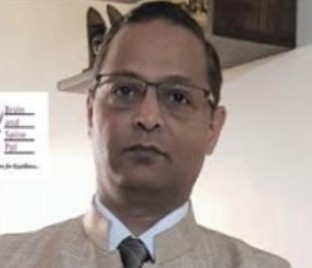

 Request an Appointment
Request an Appointment Request Online Consultation
Request Online Consultation Enquiry form
Enquiry form

